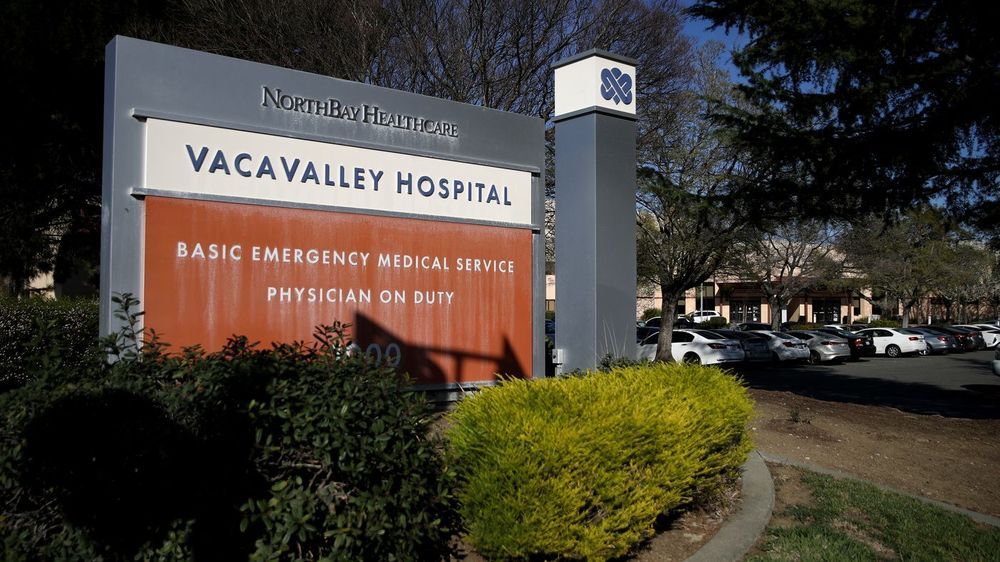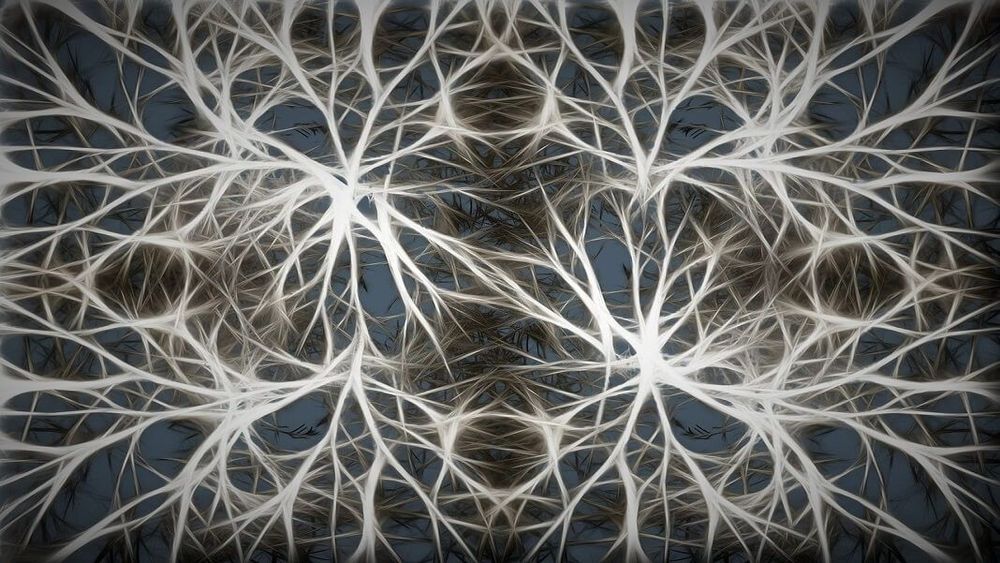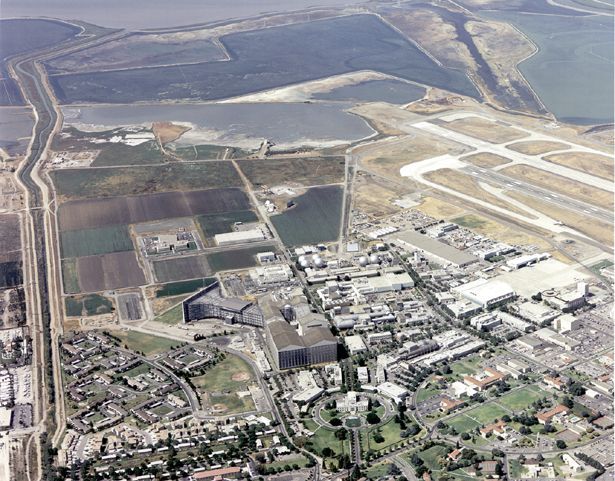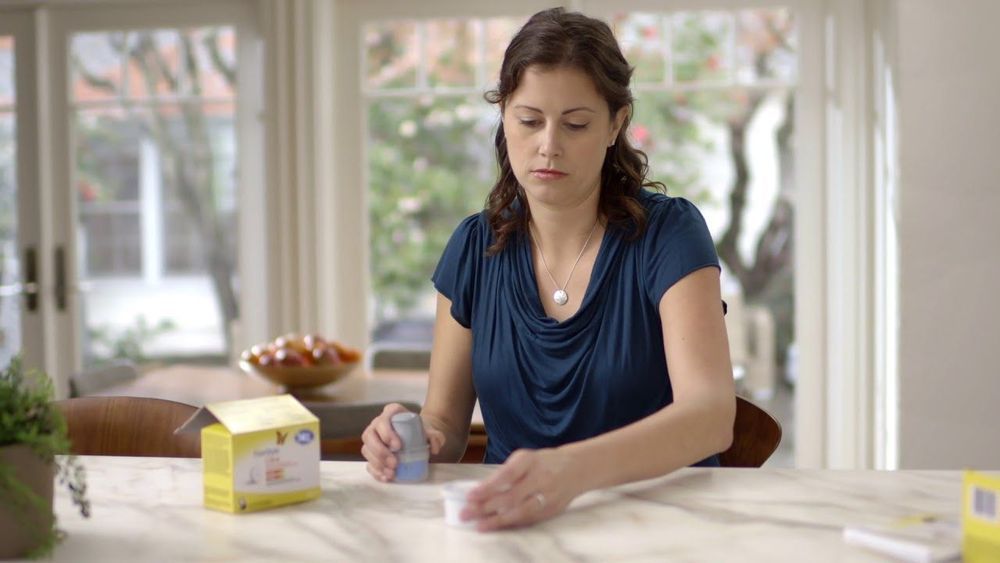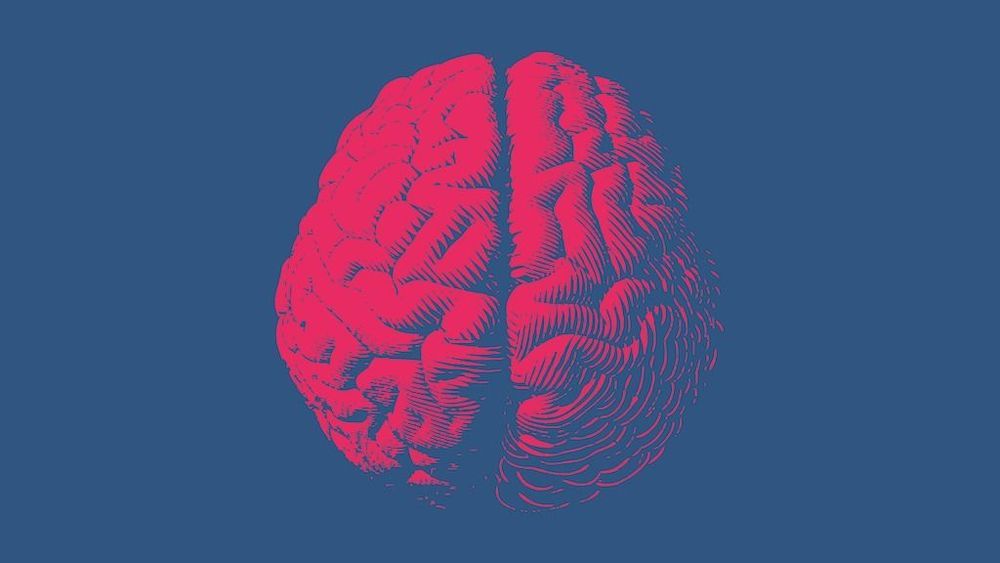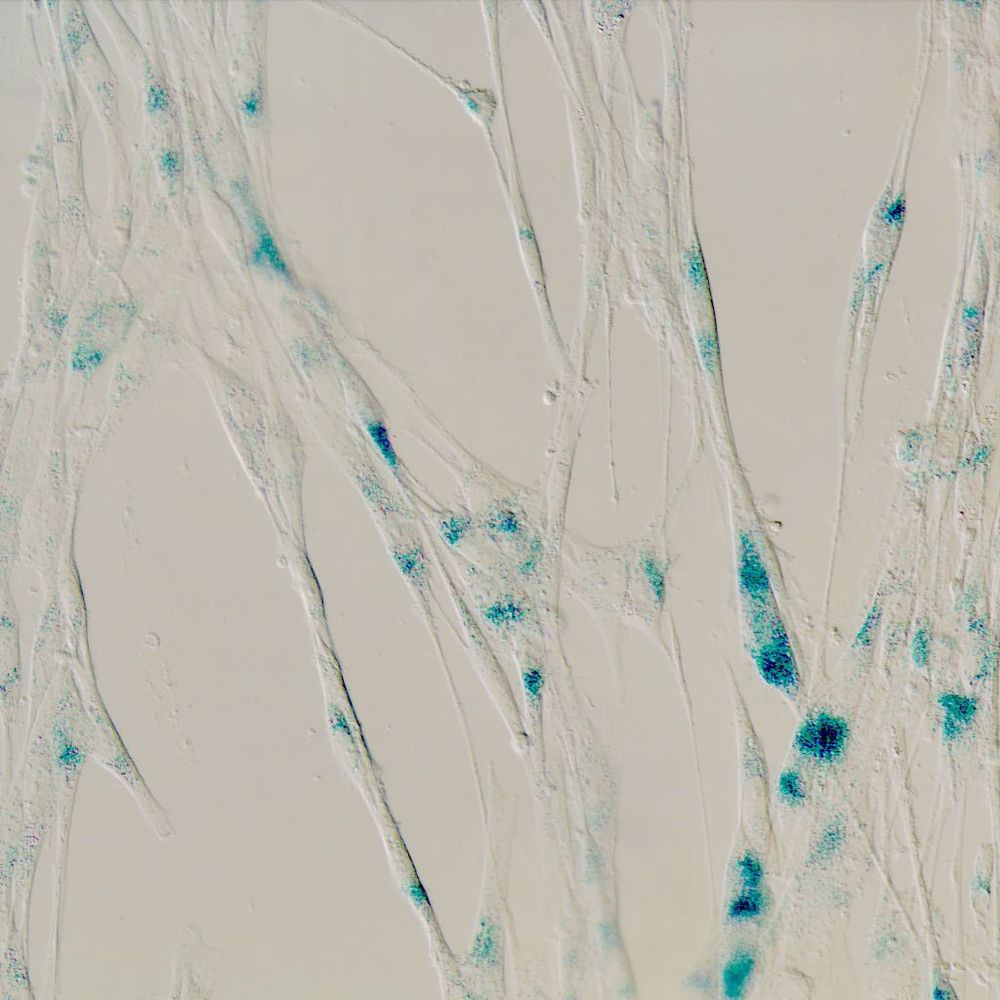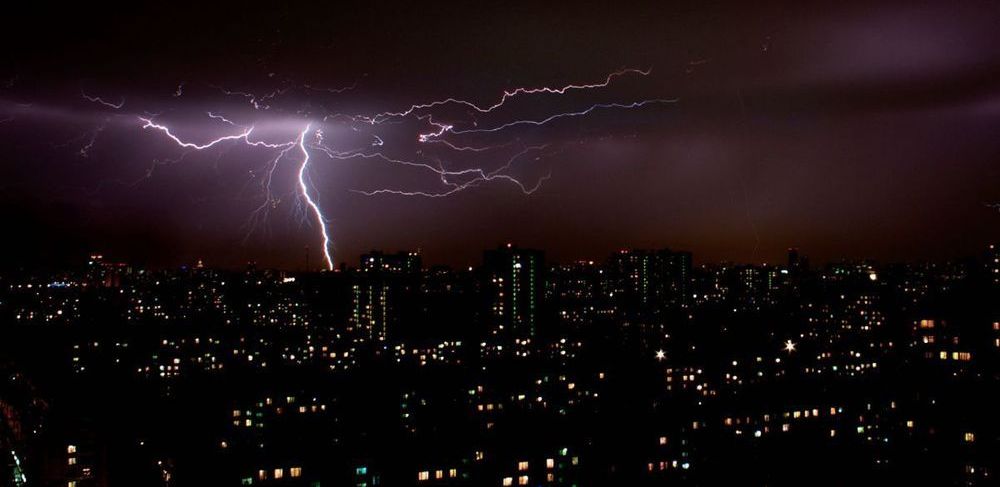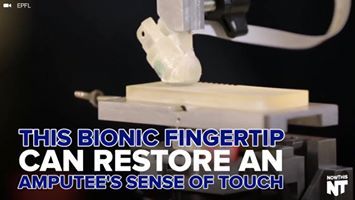Coronavirus Spread Spurs Debate Over Which Health Workers Need To Be Quarantined : Shots — Health News Should “potential exposure” by a health worker to someone with coronavirus be enough to send that worker home for two weeks of self-quarantine? Health systems have begun debating relative risks.
This month, an international team put all of those ingredients together, turning theory into reality.
The three labs, scattered across Padova, Italy, Zurich, Switzerland, and Southampton, England, collaborated to create a fully self-controlled, hybrid artificial-biological neural network that communicated using biological principles, but over the internet.
The three-neuron network, linked through artificial synapses that emulate the real thing, was able to reproduce a classic neuroscience experiment that’s considered the basis of learning and memory in the brain. In other words, artificial neuron and synapse “chips” have progressed to the point where they can actually use a biological neuron intermediary to form a circuit that, at least partially, behaves like the real thing.
NASA’s Ames Research Center in California has issued a mandatory policy for employees to work from home after one worker tested positive for the coronavirus responsible for COVID-19.
The research center, which is located in Moffett Field in the Silicon Valley, has been placed on restricted access after the employee was confirmed to have the coronavirus on Sunday (March 8).
Check your blood glucose without fingersticks using the FreeStyle Libre System, a continuous glucose monitoring system that includes a sensor and reader.
Scientists have found that an area of our brain, known as the Default Mode Network, is responsible for our ego and the subsequent psychological disorders that stem from it.
Circa 2018 we need crispr pills for this.
The steady march of aging might not have to be so steady, according to a growing body of research. Now a team from the University at Buffalo has isolated a single gene that controls senescence, the process that stops cells from dividing and contributes to aging symptoms. Ramping it up, they found how easily the effect can spread among neighboring cells. That makes the gene a crucial target for future work into anti-aging and cancer therapies.
Living cells have a natural limit to the amount of times they can divide, before they stop and become what are known as senescent cells. The problem is, over time these senescent cells build up in the body, eventually contributing to the physical symptoms we associate with aging, such as increased risk of diabetes, heart disease, arthritis and cataracts. On the other hand though, completely halting senescence can lead to cancer, as the cells continue to divide unchecked.
Realizing this mechanism, scientists have been developing ways to clear out these senescent cells, including a new class of drugs known as senolytics. In tests, these drugs have been found to extend the lifespan of mice by up to an impressive 35 percent, and keep them in better health for longer.
Circa 2017 o.o
Lightning is nuts. It’s a supercharged bolt of electricity extending from the sky to the ground that can kill people. But it can also produce nuclear reactions, according to new research.
Scientists have long known that thunderstorms can produce high-energy radiation, like this one from December, 2015 that blasted a Japanese beach town with some gamma radiation. But now, another team of researchers in Japan are reporting conclusive evidence of these gamma rays setting off atom-altering reactions like those in a nuclear reactor.
Put on socks without bending down
Posted in innovation
The Scope on Facebook Watch
Posted in cyborgs, transhumanism
